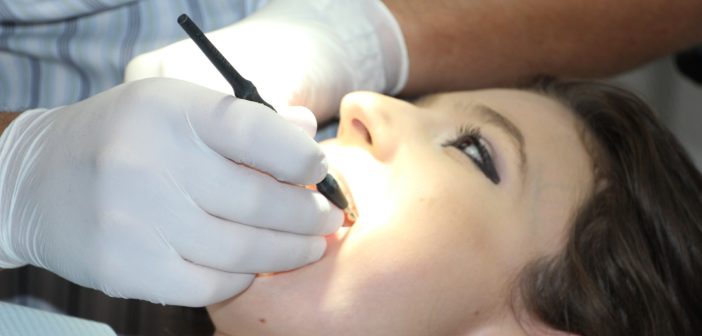Composite bonding is a dental procedure that involves the use of a tooth-coloured composite resin material to repair or improve the appearance of a damaged or discoloured tooth.
This versatile procedure can be used to fix chips, gaps, or stains on the teeth and can even be used to reshape or lengthen teeth. Read on to learn more about composite bonding.
Introduction to Composite Bonding
So, what is composite bonding?
Composite bonding is a procedure that is performed by a dentist or dental professional. The composite resin material is applied to the tooth, where it is then shaped and hardened using a special light. Once the material is hardened, the tooth is polished to give it a natural-looking shine. Composite bonding can be used to repair or improve the appearance of a wide range of dental issues, including chips, gaps, stains, and even misaligned teeth.
Indications for Composite Bonding
Composite bonding is often used to repair minor damage to the teeth or to improve the appearance of discoloured or stained teeth. The procedure is also used to reshape or lengthen teeth, as well as to close gaps or spaces between the teeth. As per the specialists at Ruh Dental, “In some cases, composite bonding can even be used to repair cavities or as an alternative to traditional silver fillings.”
Preparing the Tooth for Composite Bonding
Before the composite bonding procedure can be performed, the tooth must be prepared. This typically involves cleaning the tooth and removing any decay or existing fillings. Next, the tooth is shaped and roughened to provide a surface to which the composite resin material adheres.
The Bonding Procedure
Once the tooth is prepared, the composite resin material is applied to the tooth. The material is then shaped and sculpted to match the natural contours of the tooth and is hardened using a special light. After the material is hardened, the tooth is polished to give it a natural-looking shine. The entire composite bonding procedure typically takes around 30 minutes to an hour to complete.
Caring for Composite Bonded Teeth
After the composite bonding procedure, it is important to take proper care of the bonded teeth to ensure their longevity. This includes practising good oral hygiene, such as brushing and flossing and avoiding habits that could damage the bond, such as biting on hard objects or grinding the teeth. It is also important to visit Ruh Dental for regular checkups to ensure the bond is still intact and to make any necessary repairs or adjustments.
Advantages and Disadvantages of Composite Bonding
Composite bonding offers several advantages over other dental procedures, including:
- It can be done in a single appointment
- It is a conservative treatment, preserving healthy tooth structure
- It’s versatile, allowing to repair or improve the appearance of a wide range of dental issues.
- The resin used is tooth-coloured, making the final result natural-looking.
However, composite bonding also has some disadvantages, including:
- It may not be as durable as other treatments, such as porcelain veneers or crowns
- It can become stained or discoloured over time.
- It may need to be repaired or replaced more frequently than other treatments.
In conclusion, composite bonding is a versatile procedure that can be used to repair or improve the appearance of a wide range of dental issues. It is a conservative treatment that preserves healthy tooth structure and results in a natural-looking finish. However, it may not be as durable as other treatments and may need to be




